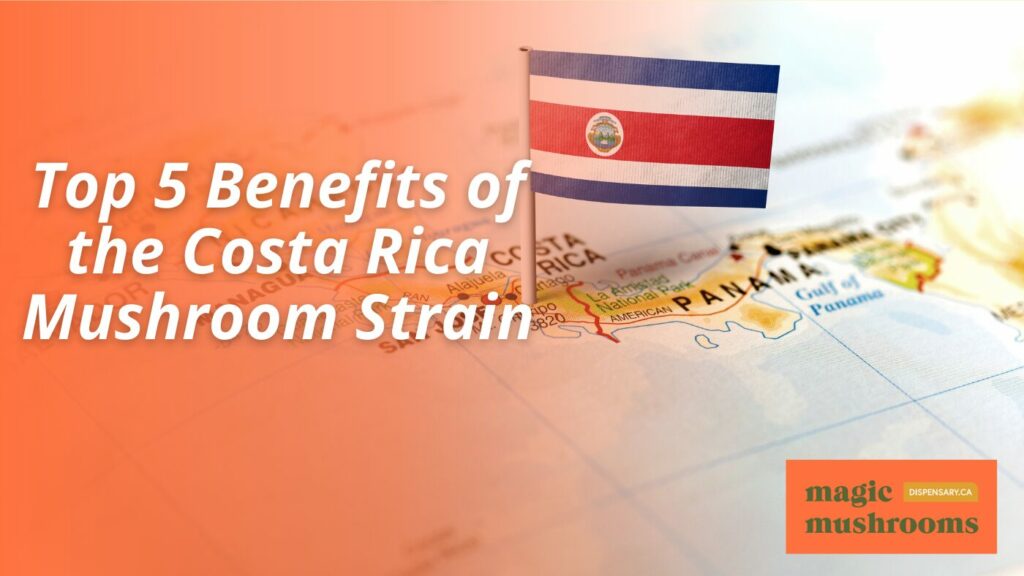
HOLIDAY STOCK UP SALE: Save 25% Off DRIED MAGIC MUSHROOMS with Code "HOLIDAY25" (Until Dec 21!) | More Details | Shop Online Now | Dismiss
Skip to content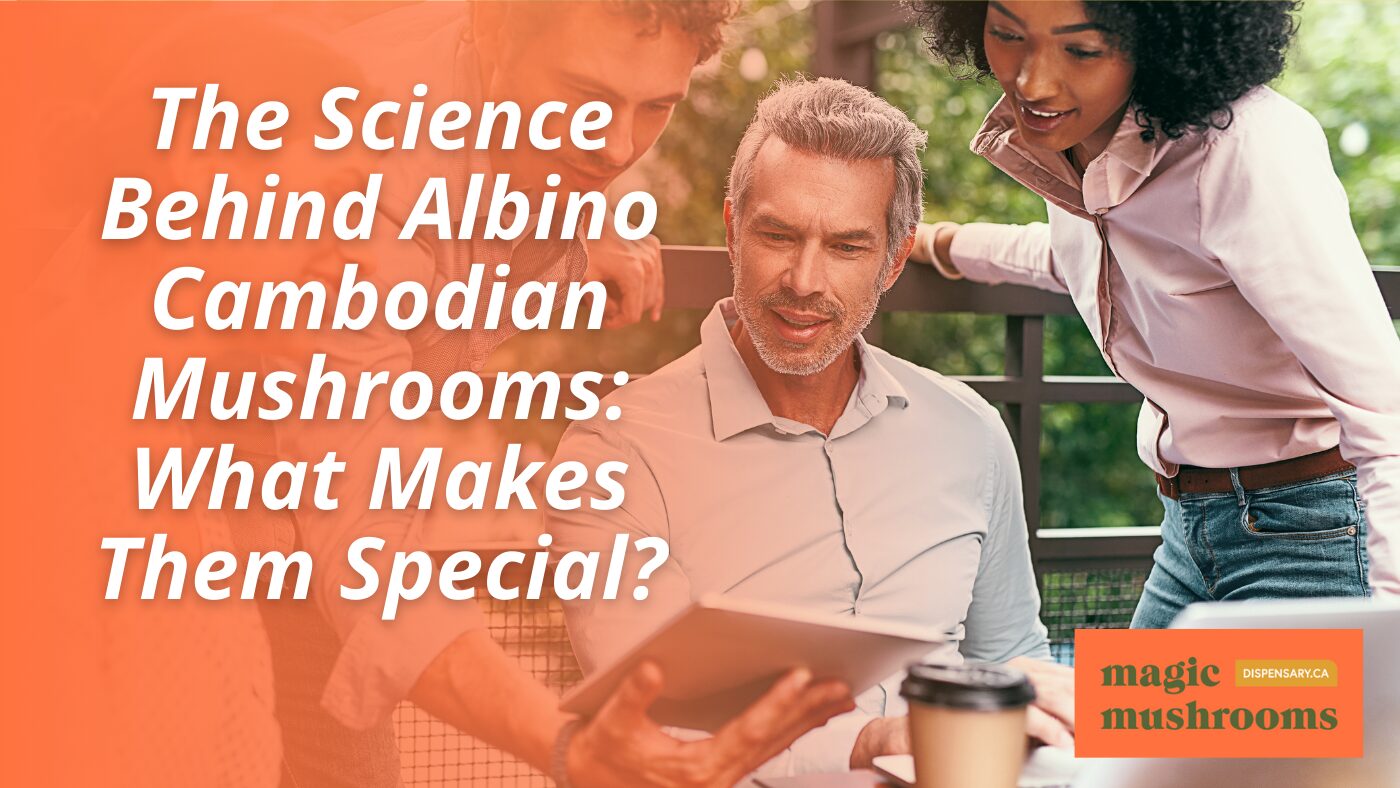
The article delves into the distinctive qualities and powerful impacts of Albino Cambodian mushrooms. As a remarkable strain of the Psilocybe cubensis species, these mushrooms catch the eye with their unique pale hue and are celebrated for their intense psychedelic effects. We will uncover the factors that set the Albino Cambodian mushrooms apart, including their genetic characteristics, how they’re grown, and their chemical makeup.
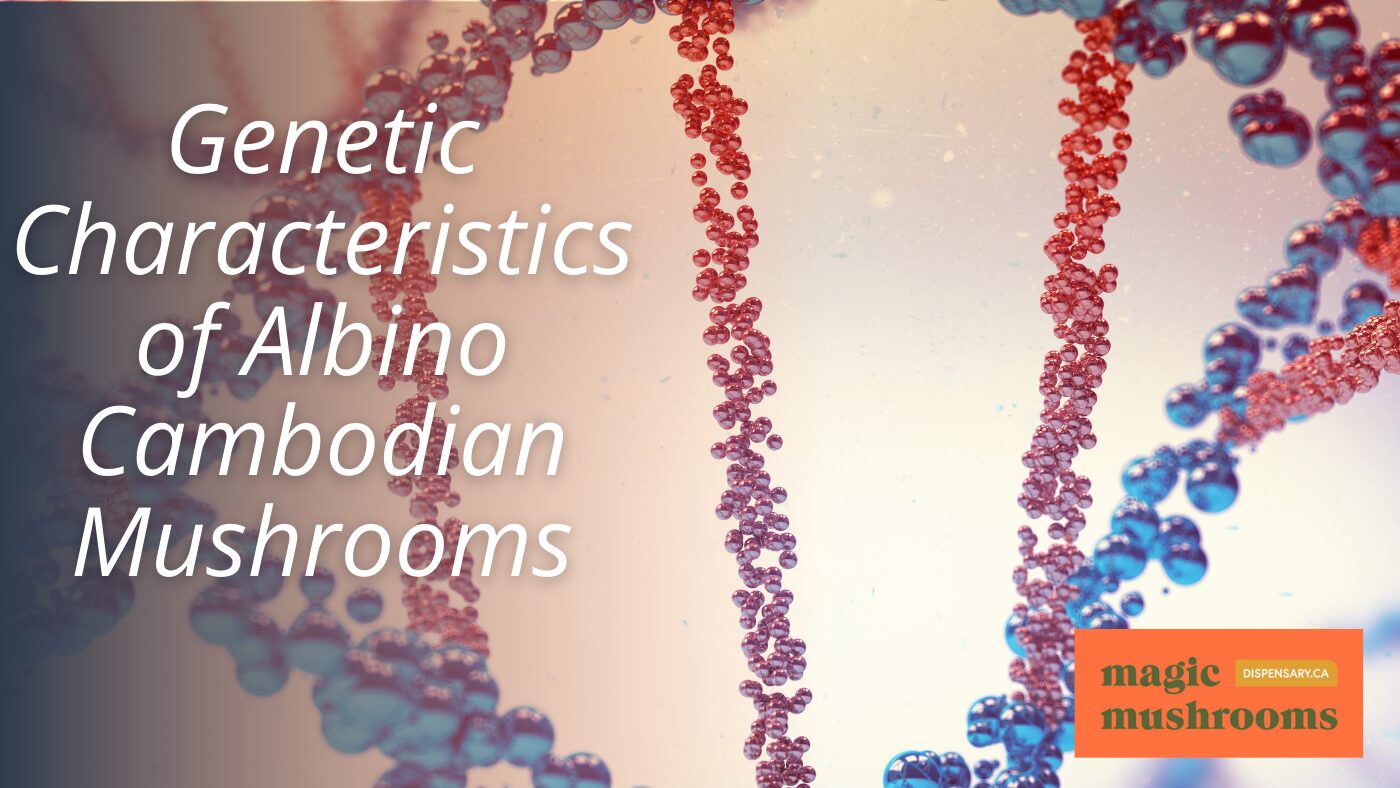
Albino Cambodian mushrooms exhibit unique genetic mutations that set them apart from other strains. These mutations result in their distinct lack of pigmentation, giving them a white appearance. The absence of colour pigments is due to a genetic anomaly that affects melanin production. This anomaly influences their appearance and has implications for their growth and potency.
When comparing Albino Cambodian mushrooms to other Psilocybe cubensis strains, several differences become evident. For instance, while most Psilocybe cubensis strains have a golden-brown or yellowish hue, Albino Cambodians remain white throughout their lifecycle. Additionally, the genetic makeup of Albino Cambodians contributes to their unique growth patterns and environmental requirements.
The role of genetics in the potency of Albino Cambodian mushrooms is significant. Genetic factors determine the levels of psilocybin and psilocin, the primary psychoactive compounds in these mushrooms. Studies have shown that certain genetic traits can enhance the production of these compounds, leading to more potent effects. This makes Albino Cambodian mushrooms a subject of interest for both cultivators and researchers.
Albino Cambodian mushrooms thrive in specific conditions that mimic their natural habitat. Maintaining the right temperature and humidity levels is crucial for successful cultivation. Typically, a temperature range of 24-27°C and a humidity level of 90% are ideal. Light exposure is also essential; while mushrooms do not require direct sunlight, they benefit from indirect light to stimulate growth.
Cultivating Albino Cambodian mushrooms can be challenging due to their sensitivity to environmental changes. Contamination is a common issue, often caused by improper sterilizing growing mediums. Maintaining consistent humidity and temperature levels can also be difficult, especially in non-controlled environments.
The yield and growth rate of Albino Cambodian mushrooms can vary based on the cultivation techniques used. On average, the spores take about one month to fully colonize the substrate. Once colonized, the mushrooms can be harvested within 7-10 days. The yield can range from moderate to high, depending on the growing conditions and the care taken during cultivation.
Cultivating Albino Cambodian mushrooms requires patience and attention to detail, but the rewards are well worth the effort. Properly grown mushrooms not only offer a unique appearance but also a potent experience for users.
Albino Cambodian mushrooms contain two primary psychoactive compounds: psilocybin and psilocin. The concentrations of these compounds can vary, but they typically range from 0.14–0.42% (wet weight) and 0.37–1.30% (dry weight) for psilocybin and 0.17–0.78% (wet weight) and 0.44–1.35% (dry weight) for psilocin. These levels are measured using high-performance liquid chromatography, ensuring precise quantification.
Environmental factors play a significant role in the chemical composition of Albino Cambodian mushrooms. Factors such as temperature, humidity, and light exposure can influence the levels of psilocybin and psilocin. For instance, mushrooms grown in optimal conditions tend to have higher concentrations of these compounds, enhancing their potency.
Understanding how to spot the correct time for picking magic mushrooms is crucial for maximising their psychoactive content.
Compared to non-albino strains, Albino Cambodian mushrooms often exhibit higher levels of psilocybin and psilocin. This increased potency makes them a preferred choice for many users seeking a more intense experience. However, it’s essential to note that individual experiences can vary based on dosage and personal tolerance.
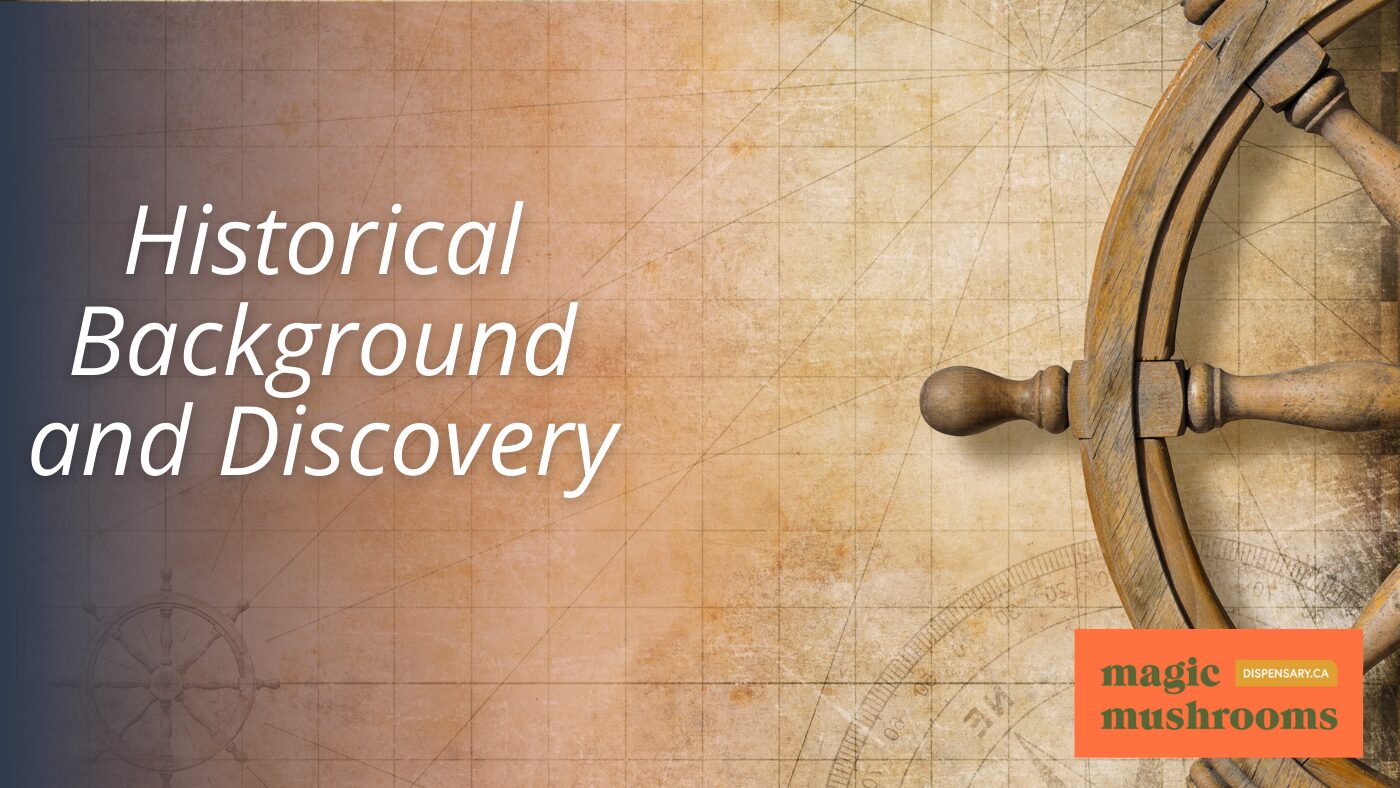
Albino Cambodian mushrooms are a unique strain of Psilocybe cubensis originating in Cambodia. They were first discovered in the wild, growing in the region’s humid and tropical climate. Cambodia’s natural environment, with its rich soil and consistent rainfall, provides an ideal habitat for these mushrooms to thrive.
The discovery of Albino Cambodian mushrooms can be attributed to a collaboration of mycologists and enthusiasts. One notable figure in their discovery is Dr. John Riordan, who, along with his team, played a crucial role in identifying and isolating this unique strain. Their work not only highlighted the distinct characteristics of Albino Cambodian mushrooms but also paved the way for further research and cultivation.
Over the years, the cultivation practices for Albino Cambodian mushrooms have evolved significantly. Initially, these mushrooms were primarily collected from the wild. However, with advancements in mycology and cultivation techniques, growing them in controlled environments became possible. This shift has allowed for more consistent yields and has made these mushrooms more accessible to a broader audience.
The journey from wild discovery to controlled cultivation has been marked by continuous learning and adaptation, reflecting the dynamic nature of mycology.
In summary, the historical background and discovery of Albino Cambodian mushrooms highlight the importance of collaboration and innovation in mycology. From their origins in the wild to the refined cultivation practises of today, these mushrooms continue to captivate researchers and enthusiasts alike.
The cap of Albino Cambodian mushrooms typically ranges from 1.6 to 8 cm in diameter. When young, it is conic to convex with a central papilla, becoming broadly convex to plane as it matures. The cap surface is smooth and sticky, sometimes with white universal veil remnants attached. The stems are generally thick and meaty, providing a sturdy structure for the cap.
Albino Cambodian mushrooms are almost entirely pigmentless, giving them a ghostly white appearance. This lack of pigmentation is due to a genetic mutation that reduces melanin production. As a result, the mushrooms appear pale and colorless, which is a distinctive feature compared to other strains.
When bruised, all parts of the Albino Cambodian mushroom stain blue. This blueing reaction is a common characteristic of psilocybin mushrooms due to the oxidation of psilocybin to psilocin. This reaction is often used as an indicator of the mushroom’s potency.
The unique morphological features of Albino Cambodian mushrooms, such as their ghostly white appearance and blueing reactions, make them a fascinating subject of study for mycologists and enthusiasts alike.
Experts classify the effects of psilocybin into four categories: perceptual, cognitive, emotional, and sensory. As the compounds take effect, users may experience a range of distorted and heightened sensory impressions. Users may see vivid colors or auras around objects and people, witness objects morphing into other forms, and perceive sounds as more complex and profound. They may even experience synaesthesia, a “scrambling” of the senses in which a person may see sounds, hear colors, and taste forms. These sensory effects usually peak about three to four hours after ingestion and then begin to taper off.
The effects of psilocybin and psilocin are highly subjective, depending on the type of mushroom, how it is prepared, the dose used in a session, and what is known as the “set” and the “setting.” The set involves the psychological state of the user. The setting refers to the session’s environment, which includes the physical surroundings and the skill of the person, if any, leading the group or session. Users experience sensory, emotional, and neural changes during a session.
Psilocybin and psilocin usually intensify emotional responses. A person taking a moderate dose with friends in a familiar environment is likelier to feel happiness, euphoria, and oneness with all life. In contrast, someone taking a large dose or someone who is anxious and lacks trust in the setting is more likely to have a disturbing experience. This can include panic, paranoia, and even psychotic episodes. In both cases, users cannot distinguish between fantasy and reality—everything feels natural.
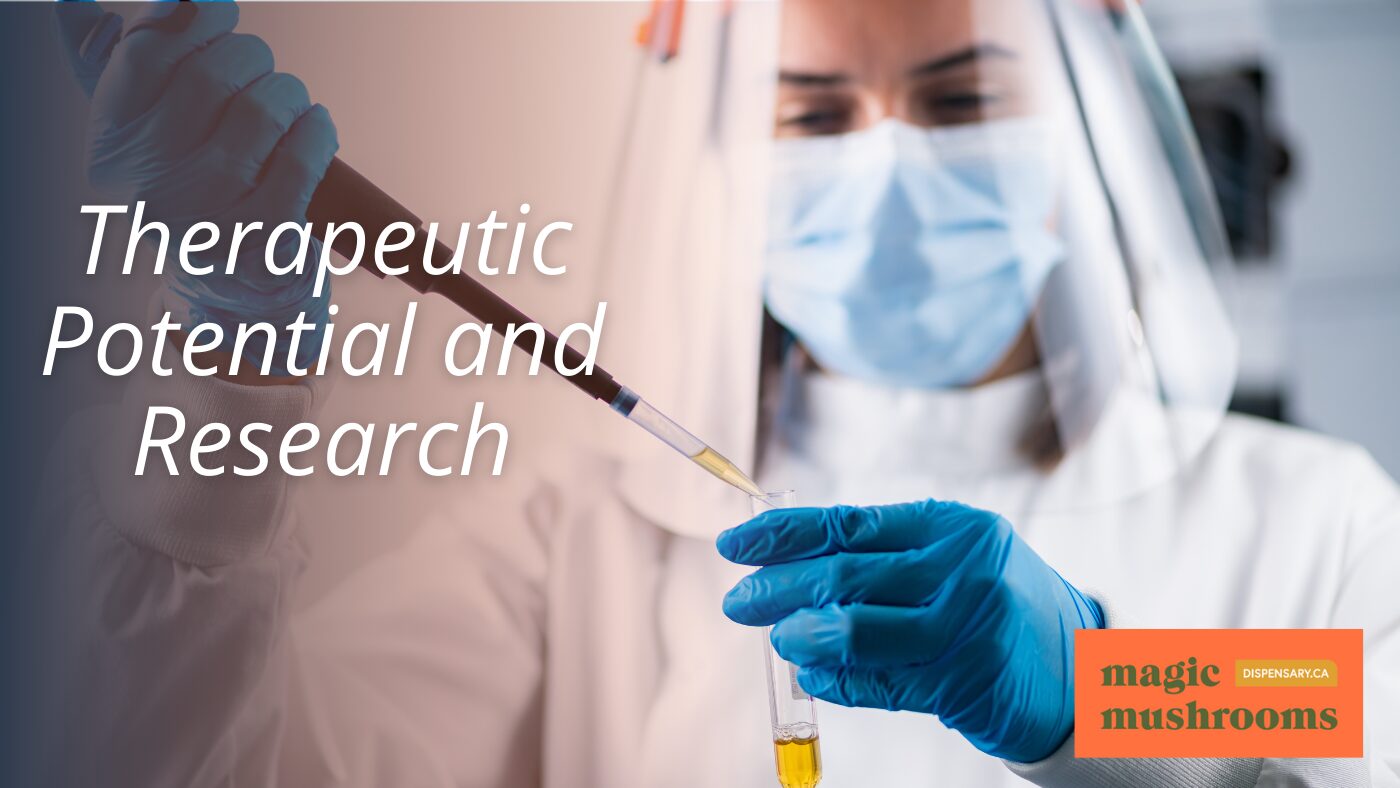
Recent studies have shown that psilocybin, the active compound in Albino Cambodian mushrooms, holds promise for treating various mental health conditions. Psilocybin therapy has been linked to significant reductions in depression and anxiety. This is particularly notable in patients with life-threatening illnesses, where traditional treatments often fall short. Additionally, psilocybin has shown potential in treating obsessive-compulsive disorder (OCD) and post-traumatic stress disorder (PTSD).
Several clinical trials are currently underway to explore the full therapeutic potential of psilocybin. These studies aim to understand how psilocybin can be used to treat conditions like addiction, depression, and anxiety. Researchers are also investigating the long-term effects of psilocybin therapy and its safety profile. The results so far are promising, indicating that psilocybin could become a valuable tool in mental health treatment.
Future research will likely focus on optimizing psilocybin therapy protocols and understanding the mechanisms behind its therapeutic effects. There is also a growing interest in exploring the use of psilocybin for other conditions, such as chronic pain and eating disorders. As legal restrictions ease, more comprehensive studies will be possible, paving the way for new therapeutic applications.
The therapeutic potential of psilocybin is vast, and ongoing research continues to uncover new possibilities for its use in mental health treatment. The future looks promising for those seeking alternative therapies for psychiatric disorders.
Albino Cambodian mushrooms are available in various quantities, typically ranging from $10 for 1 gram to $149 for 28 grams. Free expedited shipping is often offered on orders over $99, ensuring customers receive their products quickly and discreetly. The availability of these mushrooms can vary, with some strains being more readily accessible than others.
The market for Albino Cambodian mushrooms has seen significant growth in recent years. This can be attributed to the increasing interest in their unique properties and potential therapeutic benefits. As more people become aware of these mushrooms, the demand rises, leading to a more competitive market. Vendors often offer special deals and discounts to attract customers and stay ahead of the competition.
The cultivation and sale of Albino Cambodian mushrooms have a notable economic impact on local communities. Small-scale farmers and vendors benefit from the growing demand, which provides them with a steady source of income. Additionally, integrating horticulture crops and animals is a typical agricultural practice among smallholder farmers, further enhancing productivity and sustainability. This economic activity helps support local economies and promotes sustainable farming practices.
The economic aspects of Albino Cambodian mushrooms are multifaceted, encompassing pricing, market trends, and the positive impact on local communities. As the market continues to evolve, it is essential to consider these factors to understand the full scope of their economic significance.
The legal status of Albino Cambodian mushrooms, like other psilocybin-containing fungi, varies widely globally. Psilocybin and psilocin are classified as Schedule I substances under the United Nations 1971 Convention on Psychotropic Substances. This classification means that these substances’ production, distribution, and possession are illegal in many countries. However, some regions have more lenient laws. For instance, in the Netherlands, the sale and use of fresh ‘magic truffles’ is permitted due to a legal loophole distinguishing them from mushrooms.
Strict regulations have significantly hindered scientific research into the potential benefits of psilocybin mushrooms. Researchers often face numerous bureaucratic hurdles to obtain the necessary permits for studying these substances. This has slowed the progress of understanding their therapeutic potential. However, recent changes in legislation in some areas, such as the decriminalization of psilocybin in certain U.S. cities, have begun to open new avenues for research.
The future legal landscape for Albino Cambodian mushrooms and other psilocybin-containing fungi is uncertain. As more research highlights their potential therapeutic benefits, there may be a shift towards more lenient regulations. Some experts predict that we could see a gradual move from outright prohibition to controlled medical use. It is crucial to stay informed about local laws and any changes that may occur.
Regardless of the current legal status, it is essential to thoroughly research and understand the regulations in your area before attempting to purchase or use psilocybin mushrooms. Ignorance of the law is not a valid defence and can lead to severe legal consequences.
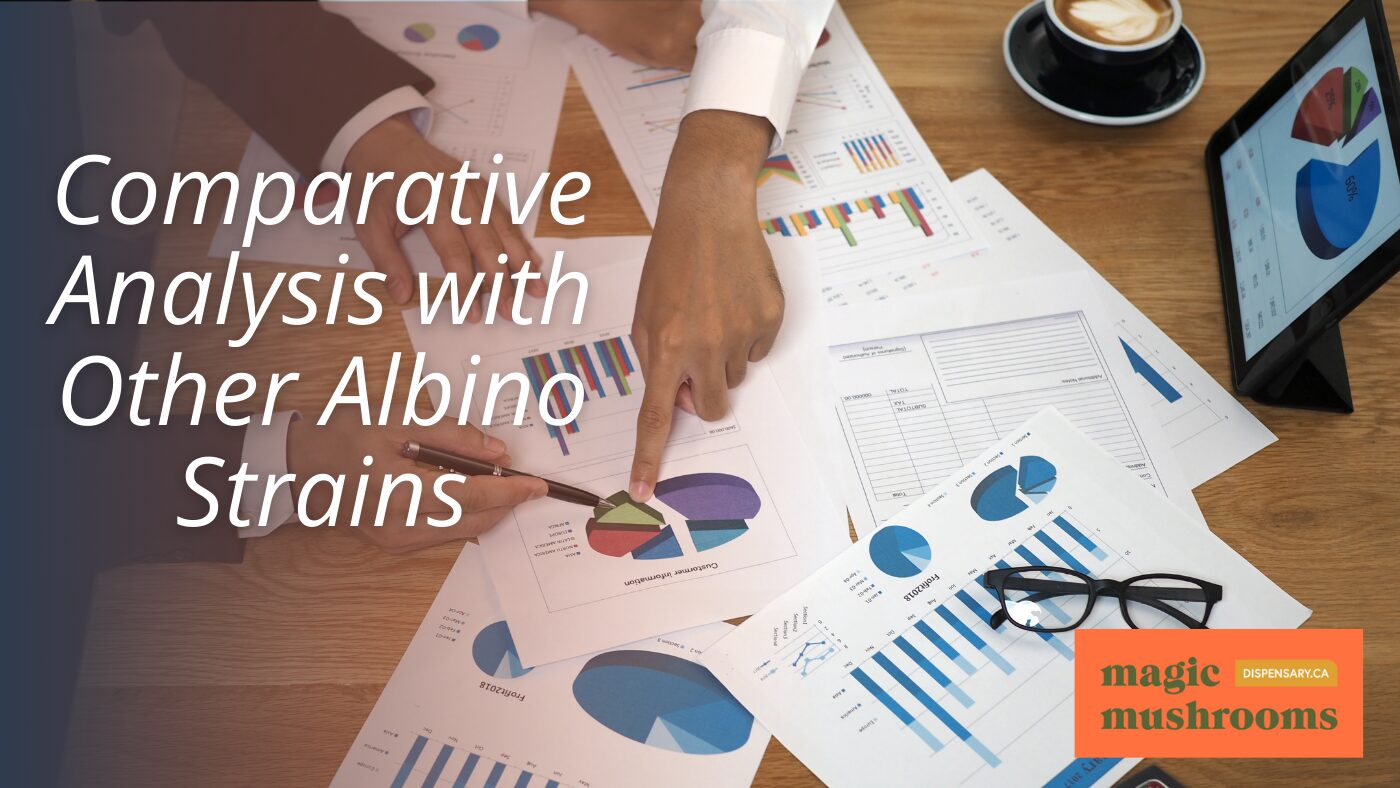
Albino A+ mushrooms are known for their striking white appearance and moderate potency. In contrast, Albino Cambodian mushrooms are celebrated for their unique genetic mutations and higher potency. Albino Cambodian mushrooms often provide a more intense experience, making them a preferred choice for seasoned users.
True Albino Teacher mushrooms, derived from the famous Golden Teacher strain, are known for their balanced effects and moderate potency. On the other hand, Albino Cambodian mushrooms are recognized for their higher psilocybin content, leading to more profound psychoactive effects. This makes Albino Cambodian mushrooms popular for those seeking a more intense journey.
Albino Cambodian mushrooms stand out due to their unique genetic makeup, which contributes to their higher potency and distinct psychoactive effects. Their ability to provide a more intense, transformative experience sets them apart from other albino strains. Their unique appearance and genetic characteristics make them a fascinating subject for further research.
The unique attributes of Albino Cambodian mushrooms make them a valuable addition to the world of psychoactive fungi. Their higher potency and distinct effects offer a unique experience for users and researchers alike.
When consuming Albino Cambodian mushrooms, it is crucial to follow safe practices to avoid adverse outcomes. Always start with a low dose to gauge your body’s reaction, especially if you are a beginner. Consuming mushrooms in a comfortable environment can significantly impact your experience, reducing the risk of a bad trip. Avoid mixing these mushrooms with other substances, as this can lead to unpredictable and potentially harmful interactions.
Ethical sourcing of Albino Cambodian mushrooms is essential to ensuring sustainability and respect for local communities. When purchasing, make sure to buy from reputable suppliers who follow sustainable harvesting practices. This not only helps preserve natural habitats but also supports the livelihoods of those involved in the cultivation process.
The use of Albino Cambodian mushrooms has a profound impact on Indigenous cultures. These mushrooms have been used traditionally for spiritual and medicinal purposes. It is important to respect these cultural practices and acknowledge the knowledge and traditions of Indigenous communities. Misuse or over-commercialisation can lead to the loss of cultural heritage and the exploitation of these communities.
Ethical considerations are not just about the environment but also about respecting the cultural significance and traditional knowledge associated with Albino Cambodian mushrooms.
When it comes to using magic mushrooms, safety and ethics are very important. Always make sure you are informed and cautious. Our website offers a range of tested and safe products. We believe in responsible use and guide to help you make the right choices. Visit our site to learn more and explore our selection.
In conclusion, the unique characteristics of Albino Cambodian Mushrooms make them a fascinating subject of study. Their distinct lack of pigmentation, combined with their potent effects, sets them apart from other strains. These mushrooms offer a unique blend of visual and reflective experiences, making them popular among novice and experienced users. As with all psychedelic substances, it is crucial to approach their use with respect and caution. Understanding the science behind these mushrooms enhances our appreciation of their unique properties and underscores the importance of responsible use. Whether for personal exploration or academic research, Albino Cambodian Mushrooms continue to captivate and intrigue those who seek to understand their mysteries.
Albino Cambodian Mushrooms are a special type of magic mushroom with unique genetic traits that distinguish them from other strains. Due to their lack of pigmentation, they are known for their pale, almost white appearance.
Albino Cambodian Mushrooms have unique genetic mutations that result in their distinct color and potentially different potency levels compared to other Psilocybe Cubensis strains.
These mushrooms thrive in warm, humid environments with proper air circulation and a nutrient-rich substrate. Maintaining clean conditions is crucial to prevent contamination.
The potency can vary, but Albino Cambodian Mushrooms are often considered to have a substantial effect due to their unique genetic makeup. However, potency can also be influenced by growing conditions.
Users often report enhanced mood, visual and sensory changes, and reflective thoughts. The effects can vary based on the dosage and individual tolerance.
The legality of growing or consuming Albino Cambodian Mushrooms varies by country and region. Before cultivating or using these mushrooms, it’s important to check local laws and regulations.
Albino Cambodian Mushrooms were discovered through selective cultivation by enthusiasts who isolated their unique traits. They have since gained popularity for their distinct appearance and effects.
To maintain their potency and freshness, store Albino Cambodian Mushrooms in a cool, dark, and dry place. Using airtight containers can help prevent moisture and contamination.